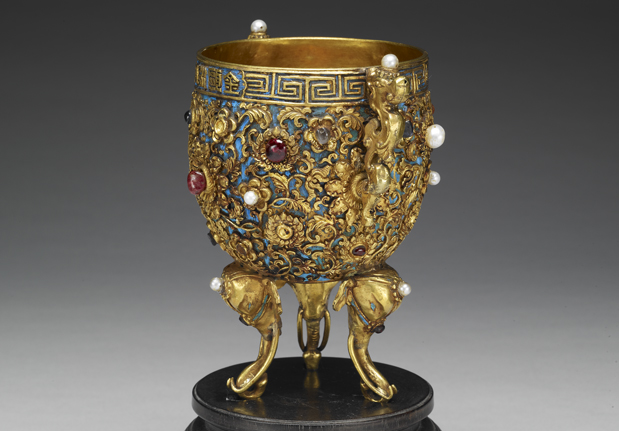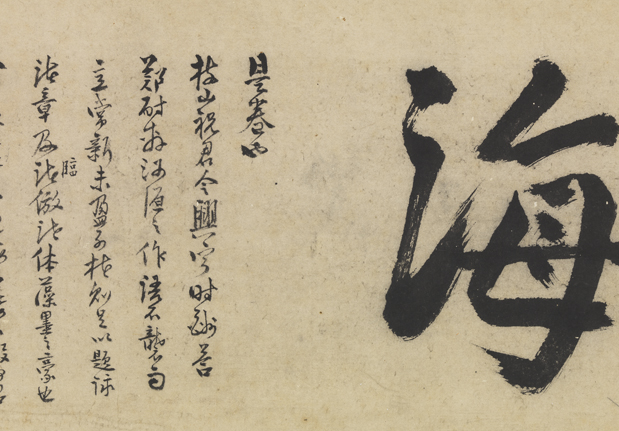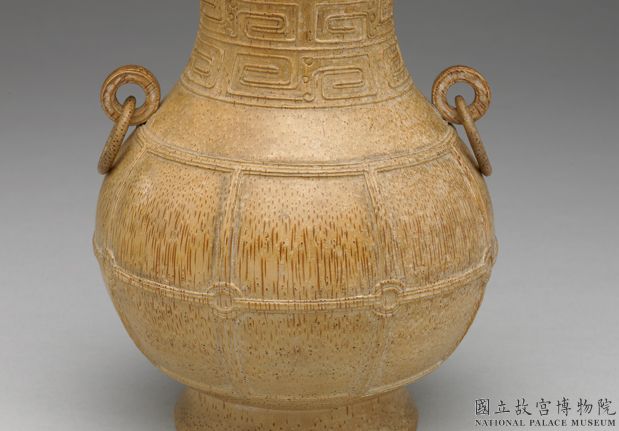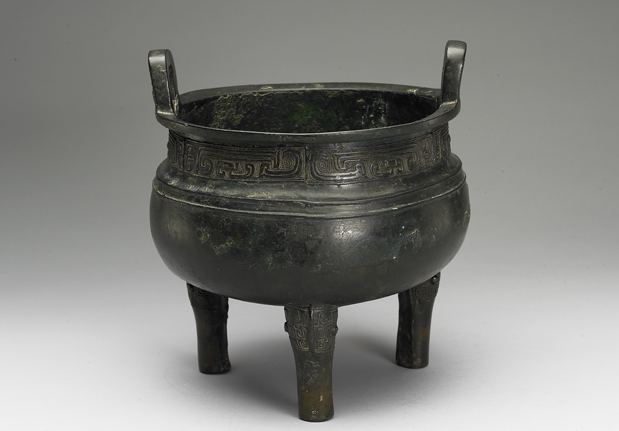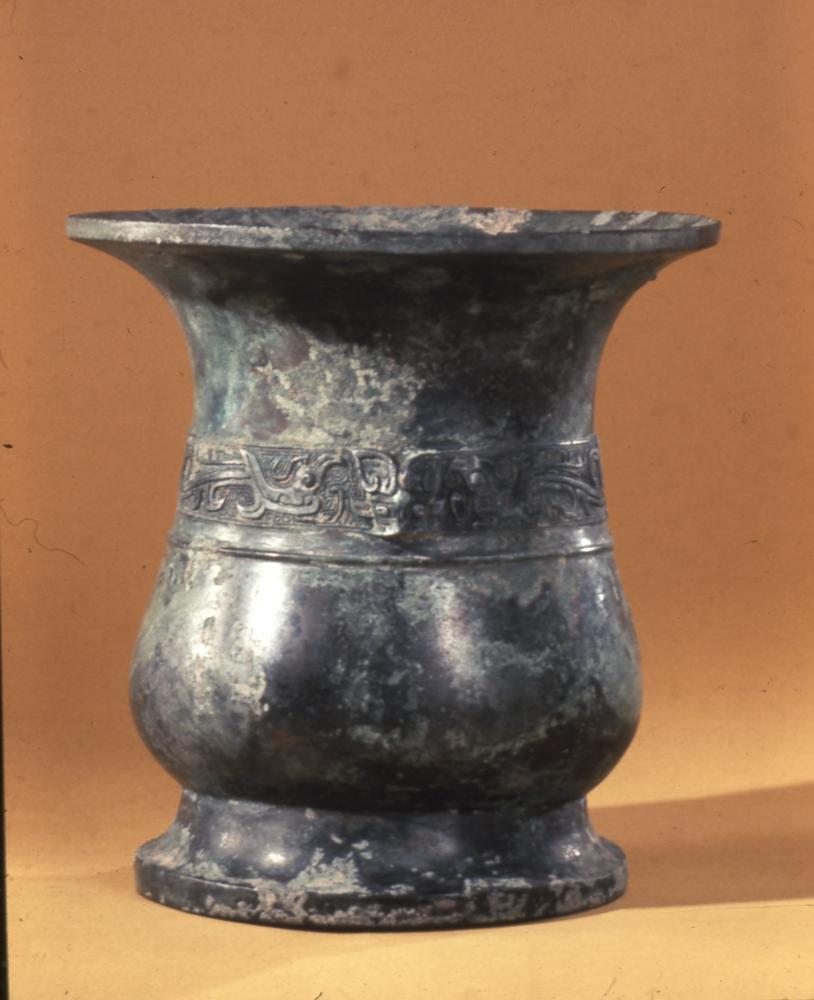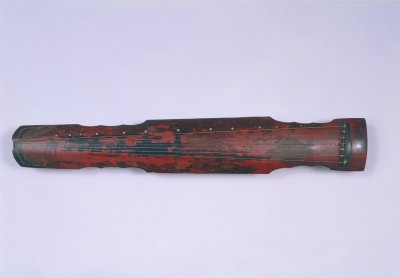Period:Northern Song dynasty Production date:1000-1127
Materials:porcelain
Technique:glazed
Dimensions:Diameter: 218 millimetres Height: 68 millimetres
Description:
Ding porcelain bowl, with six-lobed sides and rim (formerly bound with copper). The bowl has ivory glaze.
IMG
![图片[1]-bowl BM-PDF.149-China Archive](https://chinaarchive.net/Northern Song dynasty/Ceramics/mid_00569614_001.jpg)
![图片[2]-bowl BM-PDF.149-China Archive](https://chinaarchive.net/Northern Song dynasty/Ceramics/mid_00830537_001.jpg)
![图片[3]-bowl BM-PDF.149-China Archive](https://chinaarchive.net/Northern Song dynasty/Ceramics/mid_00830539_001.jpg)
Comments:Published PDF date : 11thC-12thC Room 95 label text:PDF 149Bowl with lobed rimThe main Ding ware workshops were located in Jianci village, Quyang county, Hebei province, and were in almost constant operation from the early eighth until the mid-fourteenth century. In the Tang dynasty (AD 618–907), the area was called Dingzhou prefecture which is why their products are known as Ding wares. During the first half of the tenth century, Ding wares were often made in the shape of flowers and left undecorated. Later in the tenth and early eleventh century incised, combed and applied designs were created. From the mid-eleventh century, potters used reusable, intricately-carved moulds which sped up the production process.Stoneware with transparent glazeDing ware定窯Quyang county, Hebei province 河北省, 曲陽縣Northern Song dynasty, about AD 1000–1127 PDF 149白釉花口碗定窯窯址主要位於河北省曲陽縣澗磁村,其燒造時間自八世紀早期一直延續至十四世紀中期。因其地在唐代(618-907年)被稱為定州,故而得名。十世紀上半葉,定窯主要燒造花瓣造型器物及素面器物。到了十世紀晚期至十一世紀早期,出現了刻劃花、篦劃及貼花裝飾手法。自十一世紀中期以來,陶工使用可重複使用的、刻花精美的陶模來提高生產速度。炻器,透明釉定窯河北省曲陽縣北宋,約1000-1127年
Materials:porcelain
Technique:glazed
Dimensions:Diameter: 218 millimetres Height: 68 millimetres
Description:
Ding porcelain bowl, with six-lobed sides and rim (formerly bound with copper). The bowl has ivory glaze.
IMG
![图片[1]-bowl BM-PDF.149-China Archive](https://chinaarchive.net/Northern Song dynasty/Ceramics/mid_00569614_001.jpg)
![图片[2]-bowl BM-PDF.149-China Archive](https://chinaarchive.net/Northern Song dynasty/Ceramics/mid_00830537_001.jpg)
![图片[3]-bowl BM-PDF.149-China Archive](https://chinaarchive.net/Northern Song dynasty/Ceramics/mid_00830539_001.jpg)
Comments:Published PDF date : 11thC-12thC Room 95 label text:PDF 149Bowl with lobed rimThe main Ding ware workshops were located in Jianci village, Quyang county, Hebei province, and were in almost constant operation from the early eighth until the mid-fourteenth century. In the Tang dynasty (AD 618–907), the area was called Dingzhou prefecture which is why their products are known as Ding wares. During the first half of the tenth century, Ding wares were often made in the shape of flowers and left undecorated. Later in the tenth and early eleventh century incised, combed and applied designs were created. From the mid-eleventh century, potters used reusable, intricately-carved moulds which sped up the production process.Stoneware with transparent glazeDing ware定窯Quyang county, Hebei province 河北省, 曲陽縣Northern Song dynasty, about AD 1000–1127 PDF 149白釉花口碗定窯窯址主要位於河北省曲陽縣澗磁村,其燒造時間自八世紀早期一直延續至十四世紀中期。因其地在唐代(618-907年)被稱為定州,故而得名。十世紀上半葉,定窯主要燒造花瓣造型器物及素面器物。到了十世紀晚期至十一世紀早期,出現了刻劃花、篦劃及貼花裝飾手法。自十一世紀中期以來,陶工使用可重複使用的、刻花精美的陶模來提高生產速度。炻器,透明釉定窯河北省曲陽縣北宋,約1000-1127年
© Copyright
The copyright of the article belongs to the author, please keep the original link for reprinting.
THE END
